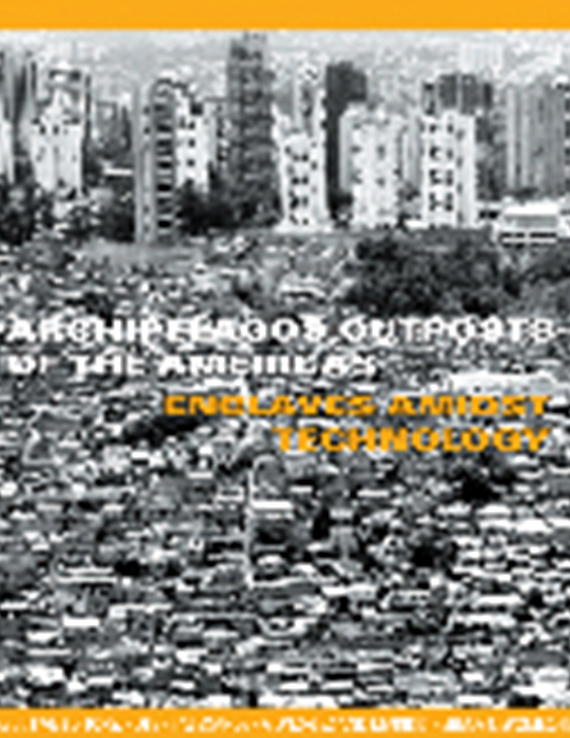Author(s): Barbara Klinkhammer
The word “Modernism” evokes the image of white, cubic, abstract buildings, pure architecture without the “bazaar of historic styles” that Le Corbusier described. Although one can occasionally find colored supplements in some of the publications of the early 20s and 30s, the print media, with their mostly black-and-white print techniques, reflect the anti-polychrome, white architecture of this time. In recent years the ongoing restoration of important buildings of modernism and the publications related to these restoration efforts have made us aware that early modernism was never a time of pure white architecture.During the early 1920s leading architects such as Le Corbusier, Theo van Doesburg and the group de Stijl, Bruno Taut, and others discussed and defined anew the role of color in architecture. In the diverse and often controversial color discourse, multicolored architecture was legitimized by using color as an anti-decorative means of space design. In his book “Ein Wohnhaus,” Bruno Taut, one of the pioneers of multicolored architecture, described the substantial necessity of color. “Color is the joy of life” became the basis for his multicolored architecture of the early 20s. The Arbeitsrat für die Kunst, founded in 1918 in Berlin, fought for the use of color in urban design to create a more human and people-friendly environment. Architects such as Walter Gropius and Bruno and Max Taut were members of the group. Independent of any kind of social engagement, the Dutch group de Stijl — primarily the architect Theo van Doesburg — used a color palette reduced to the primary colors (with additions of black, white and gray), to create a universal language of neoplasticism in art and architecture. Le Corbusier’s loi du ripolin of 1925 demanded on the one hand the symbolic cleansing of architecture through the color white, but on the other his polychromie reglée , which he introduced officially for the first time at the maison La Roche/Jeanneret, clearly showed his interest in using color to create the three-dimensional purist Gesamtkunstwerk.This paper points to some interesting questions for further research: Why did the reception of modern architecture take place as “white modernism” and why, despite the movement of multicolored architecture designed by the most influential architects of the 20s, was this myth born? What role did critics of the time such as S. Giedion, A. Behne or S.E. Rasmussen play in the perception of the “realities” of a “white” modern movement and what was the role of the architects themselves in the creation of this false image?
Volume Editors
Marilys R. Nepomechie & Robert Gonzalez
ISBN
0-935502-54-8

 Study Architecture
Study Architecture  ProPEL
ProPEL 
